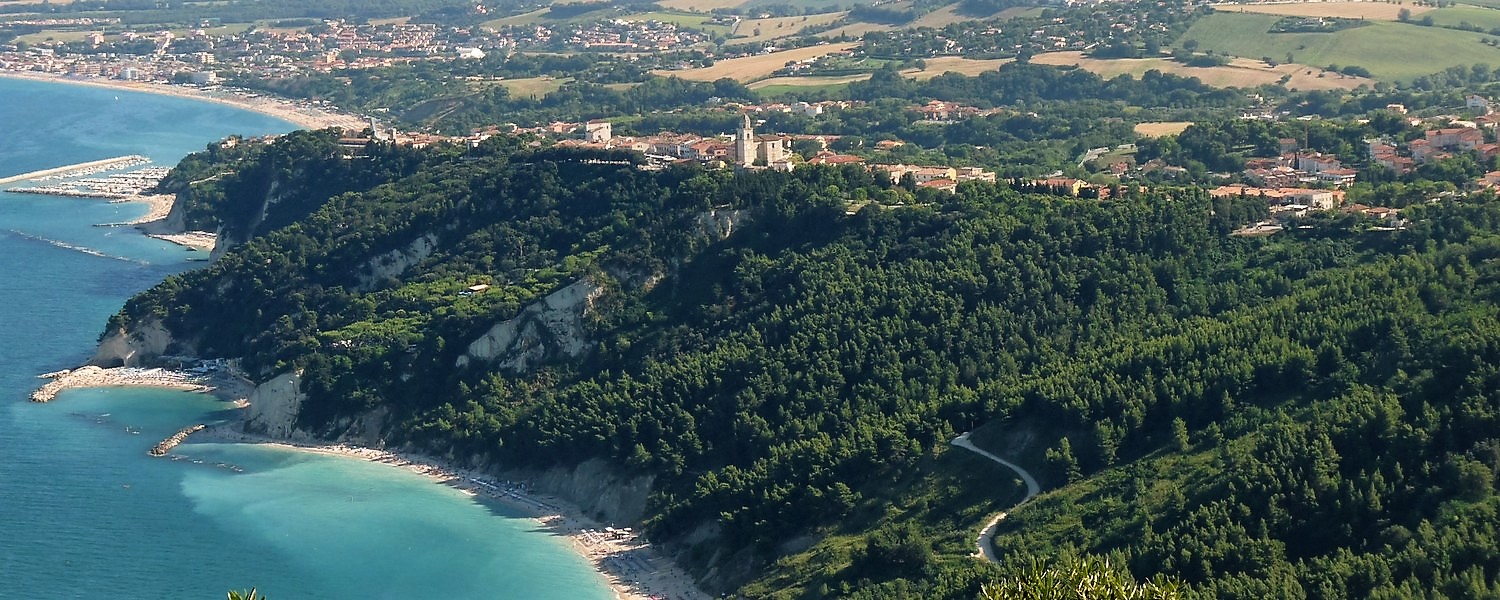We think you’re going to like Emilia-Romagna – we certainly do! You probably won’t find this region of Italy in most brochures, but we feel it portrays the best of Italy; good food, spectacular scenery and fascinating culture and history.
Romagna is a slice of Northern Italy which has much in common with its famous neighbour on the other side of the Apennines, Tuscany. It has the same rolling countryside, but with beaches facing the Adriatic rather than the Mediterranean. It has historic cities, traditional villages and relaxing thermal spas. What it doesn’t have are the crowds.
The cuisine and wine of the region are remarkable. This is the homeland of one of the greats in Italian Gastronomy, Pellegrino Artusi, who has inspired generations of chefs. Home-made pasta and piadina – a delicious flatbread with all kinds of tempting fillings – are complemented perfectly by fine local wines such as Sangiovese and Albana.

CESENA
Cesena, which is only about 10 miles from the Adriatic Sea and at the foot of the Apennines, was also a Roman settlement and dates back about 100 years before the founding of Forli. Its castle dates from 1380 and its Gothic cathedral from about 1500, and it also has several monasteries including one which is now a gallery.
Some of the ancient walls remain, and the Church and Monastery of Osservanza dates from 1460 is well worth a visit. The Capuchin Monastery is still a place of peace and contemplation standing above the city.
Like most cities in Italy, Cesena enjoys its festivals. The festival of St John in June each year honours its patron saint, and events devoted to agriculture, gastronomy, music and sport also give the city plenty of character.
RAVENNA
Ravenna is truly a city that sums up all things Italian – a beautiful, historic and cultural centre which at the same time manages to have lots of fun. Situated in the north of Romagna and linked to the nearby Adriatic Sea by a canal, it was once capital of the Western Roman Empire and an important centre of early Christianity.
Roman, Gothic and Byzantine rulers have all left their mark, and from the Piazza del Popolo you can set out to discover a manageable and very likeable city where you won’t be overcome by tourist hordes. Among the many museums is San Vitale, a 6th Century Byzantine basilica with fine mosaics. Also look out for Spirito Santo church with its 16th Century portico, and the Venetian Brancaleone Castle, dating from 1457. Above all don’t miss Dante’s Tomb, resting place of one of Italy’s greatest poets who wrote The Divine Comedy.
Ravenna has some wonderful places to eat, and special events which include the Festival of Music in June/July. Being close to the sea (Marina di Ravenna and Punta Marina being the nearest resorts), it’s a good choice for families, and Ravenna also boasts a major entertainment park, Mirabilandia, open in summer with 44 attractions to choose from. It’s a complete day out – or more – for all the family.
PORTICO DI ROMAGNA
The small medieval town of Portico di Romagna was founded in ancient times and is located on the border between Romagna and Tuscany. The centre of the village is typical, with the ruins of the old castle, narrow, winding streets, fortified walls and a river which runs through with natural pools and a waterfall.
Horse riding, cycling or hiking in the surrounding hills are some of
the more popular pastimes. It is also within easy reach of National Parks or the stunning Adriatic beach resorts.
The village still retains its medieval appearance and is divided into three parts: the upper part with the castle and the parish church; the middle part with the aristocratic houses from the 13th and 14th Centuries inhabited by Romagna and Tuscan nobles who escaped here from political fights; and the lower part with the houses of craftsmen with their workshops.
FAENZA
Faenza, situated on the main road from Forli towards Bologna, is a beautiful medieval town which is famous throughout Italy for its ceramics. The tradition of decorative ceramics goes back more than 600 years, with a large collection in the International Ceramics Museum not only from Italy but from other exotic parts of the world. Ceramics also adorn many of Faenza’s historic buildings, and wandering around the medieval piazzas is a delight as you take in the atmosphere.

